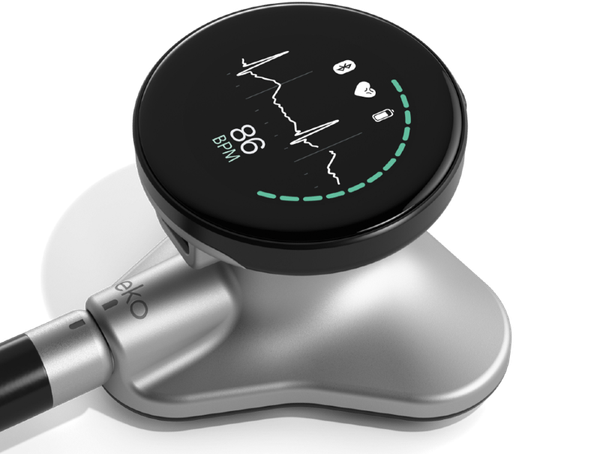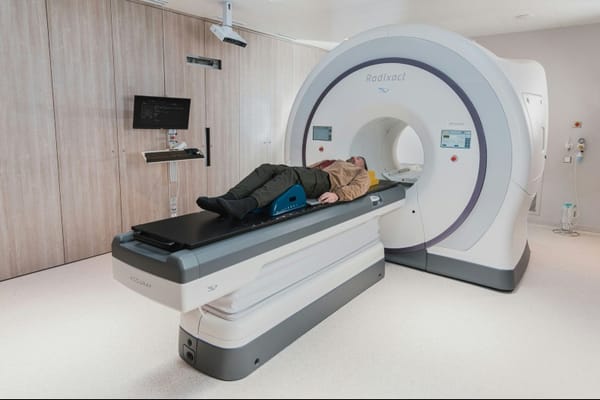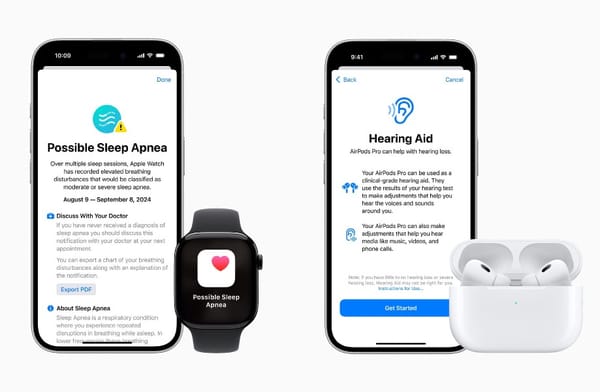Mental health burnout is a growing concern in today's fast-paced world. As technology advances, researchers are exploring innovative ways to address this issue. Machine learning, a branch of artificial intelligence, is emerging as a powerful tool in predicting and preventing burnout in mental health contexts. This article explores how AI is revolutionizing mental health care and helping professionals stay ahead of burnout.
Key Takeaways:
- Machine learning can predict burnout in healthcare workers using physiological and psychological data
- AI models can integrate data from wearable devices, surveys, and workplace factors to forecast burnout
- Early detection of burnout symptoms allows for timely interventions and prevention strategies
- AI applications in mental health extend beyond burnout to diagnosis, treatment, and public health
- Challenges in implementing AI for mental health include data privacy, bias, and clinical validation
The Rise of AI in Mental Health Care
Artificial intelligence is making significant strides in the field of mental health. As burnout rates among healthcare professionals and the general population continue to climb, researchers are turning to machine learning to develop predictive models and early intervention strategies.
Understanding Burnout
Burnout is a state of physical and emotional exhaustion often caused by prolonged stress and excessive job demands. In the healthcare sector, burnout can have severe consequences, affecting not only the well-being of professionals but also the quality of patient care[1].
The BROWNIE Study: A Breakthrough in Burnout Prediction
The Burnout PRedictiOn Using Wearable aNd ArtIficial IntelligEnce (BROWNIE) study represents a significant advancement in burnout research. This innovative project aims to create a predictive model for burnout in registered nurses by integrating data from multiple sources[1]:
- Physiological measures from wearable smartwatches
- Psychological assessments through quarterly surveys
- Work-related factors from administrative databases
By combining these diverse data points, researchers hope to detect signs of impending burnout before symptoms become noticeable to the individuals themselves.
How Machine Learning Predicts Burnout
Machine learning algorithms excel at identifying patterns in complex datasets. In the context of burnout prediction, these algorithms can analyze various factors to forecast the likelihood of an individual experiencing burnout.
Key Data Points for Burnout Prediction
- Physiological Indicators: Heart rate variability, sleep patterns, and physical activity levels captured by wearable devices
- Psychological Measures: Responses to validated burnout assessment scales
- Workplace Factors: Workload, shift patterns, and organizational support
The Power of Continuous Monitoring
Unlike traditional survey-based methods, machine learning models can process real-time data from wearable devices. This continuous monitoring allows for more accurate and timely predictions of burnout risk[1].
Beyond Burnout: AI's Broader Impact on Mental Health
While burnout prediction is a crucial application, machine learning in mental health extends far beyond this single issue.
Four Main Application Domains
- Detection and Diagnosis: AI models can assist in early detection of mental health conditions such as depression, schizophrenia, and Alzheimer's disease[3].
- Prognosis, Treatment, and Support: Machine learning can help tailor treatment plans and predict treatment outcomes.
- Public Health: AI can analyze population-level data to inform mental health policies and interventions.
- Research and Clinical Administration: Machine learning streamlines data analysis and administrative tasks in mental health research and practice.
Promising Results in Mental Well-being Prediction
Recent studies have demonstrated the potential of machine learning in predicting mental well-being among university students. By analyzing health behavior data, researchers have developed models that can forecast mental health status with promising accuracy[2].
Challenges and Considerations
While the potential of AI in mental health is immense, several challenges must be addressed:
Data Privacy and Security
Mental health data is highly sensitive. Ensuring the privacy and security of this information is paramount when implementing AI-based solutions[4].
Bias and Fairness
Machine learning models can inadvertently perpetuate biases present in training data. Researchers must work to identify and mitigate these biases to ensure fair and equitable mental health care[4].
Clinical Validation
Translating AI models from research settings to clinical practice requires rigorous validation. Demonstrating the real-world effectiveness and safety of these tools is crucial for widespread adoption[4].
The Future of AI in Mental Health
As machine learning techniques continue to evolve, the future of mental health care looks increasingly data-driven and personalized. Some potential developments include:
- Personalized Intervention Strategies: AI could help tailor burnout prevention strategies to individual needs and preferences.
- Integration with Telemedicine: Machine learning models could enhance remote mental health services by providing real-time insights to clinicians.
- Predictive Public Health Measures: Large-scale data analysis could inform proactive mental health initiatives at the community and population levels.
Conclusion
Machine learning is poised to transform mental health care, offering new ways to predict, prevent, and manage burnout and other mental health challenges. While challenges remain, the potential benefits of AI in this field are substantial. As research progresses and technology advances, we can look forward to more effective, personalized, and timely mental health interventions powered by artificial intelligence.
By embracing these technological advancements responsibly, we can work towards a future where burnout is caught early, mental health is prioritized, and individuals receive the support they need to thrive in both their personal and professional lives.
Citations:
[1] https://www.ncbi.nlm.nih.gov/pmc/articles/PMC10863108/
[2] https://www.mdpi.com/2306-5354/10/5/575
[3] https://pubmed.ncbi.nlm.nih.gov/30744717/
[4] https://www.frontiersin.org/journals/psychiatry/articles/10.3389/fpsyt.2024.1347100/full
[5] https://www.globalhealthmedicine.com/files/GHM_2023Vol5No3_pp125_193.pdf














Member discussion